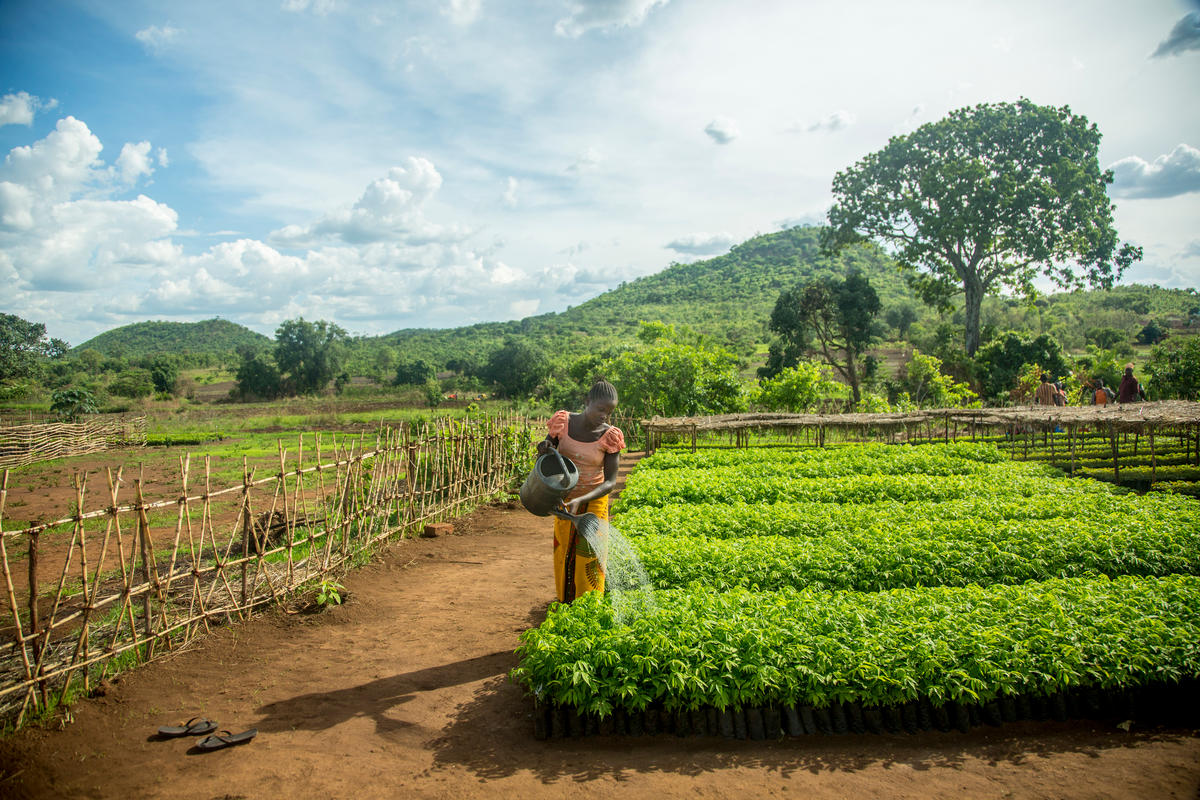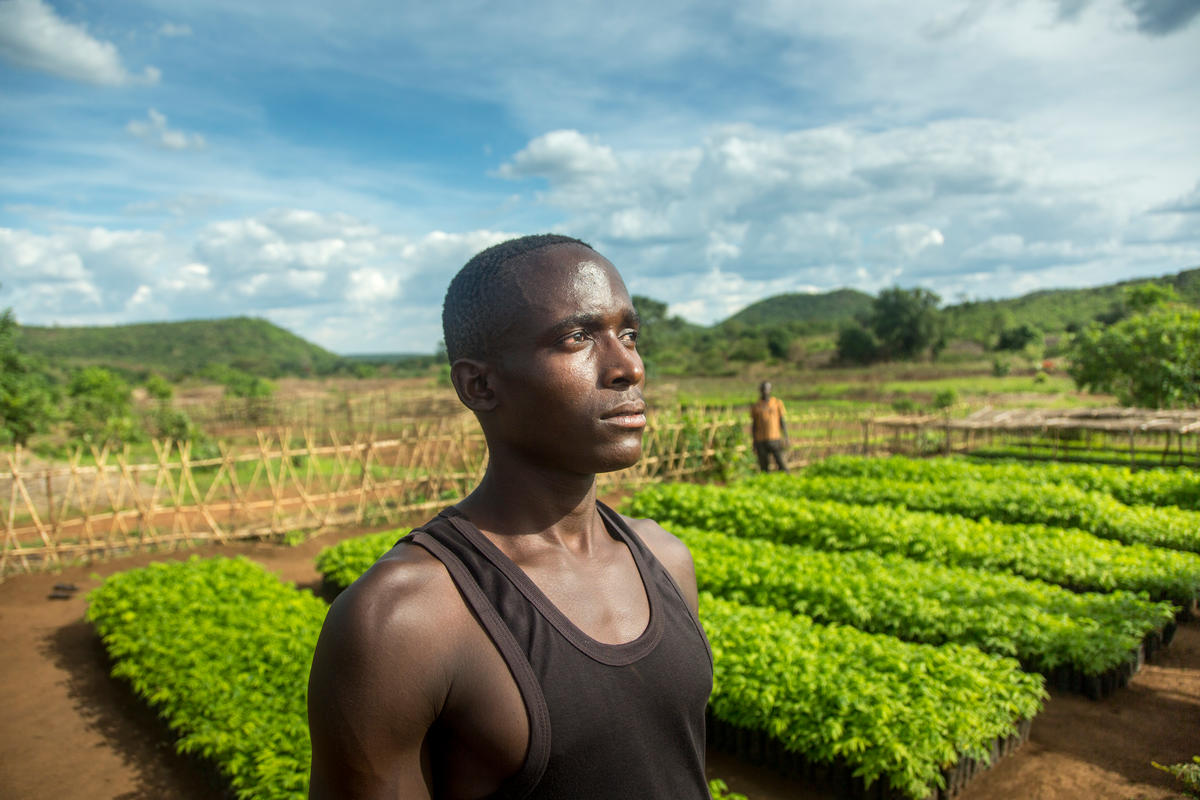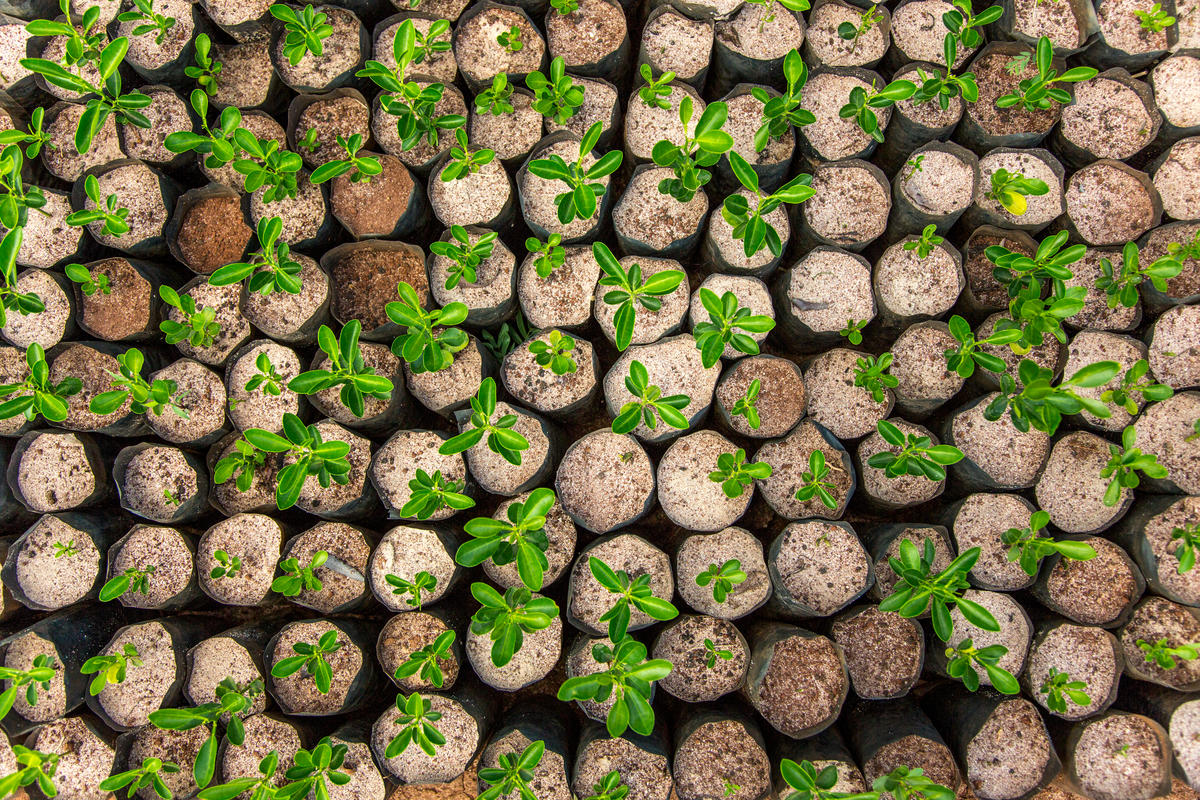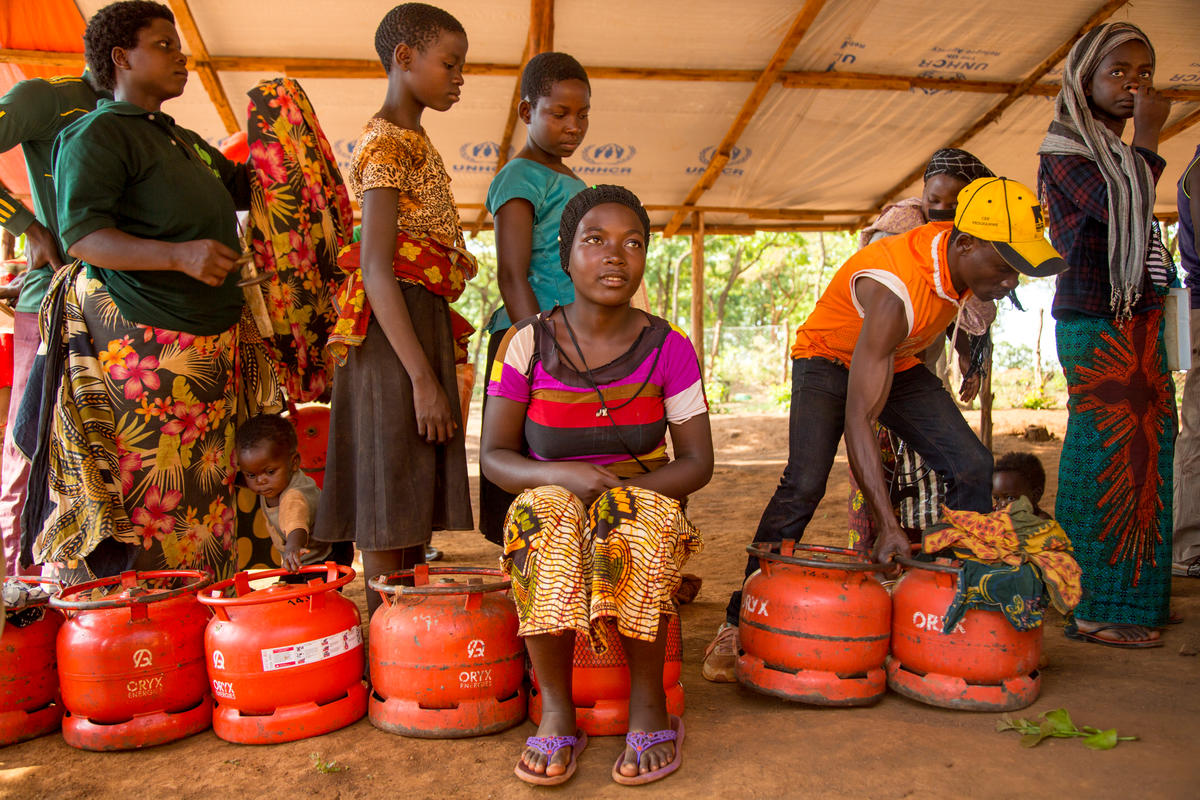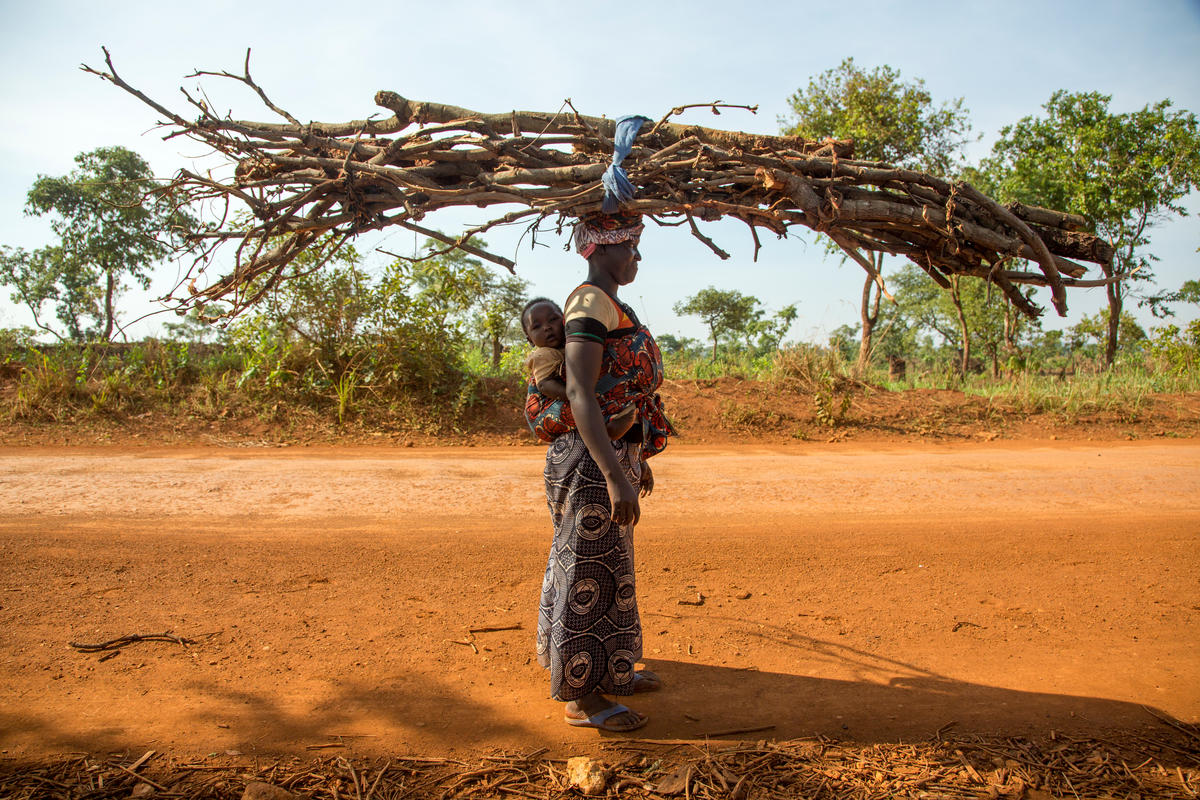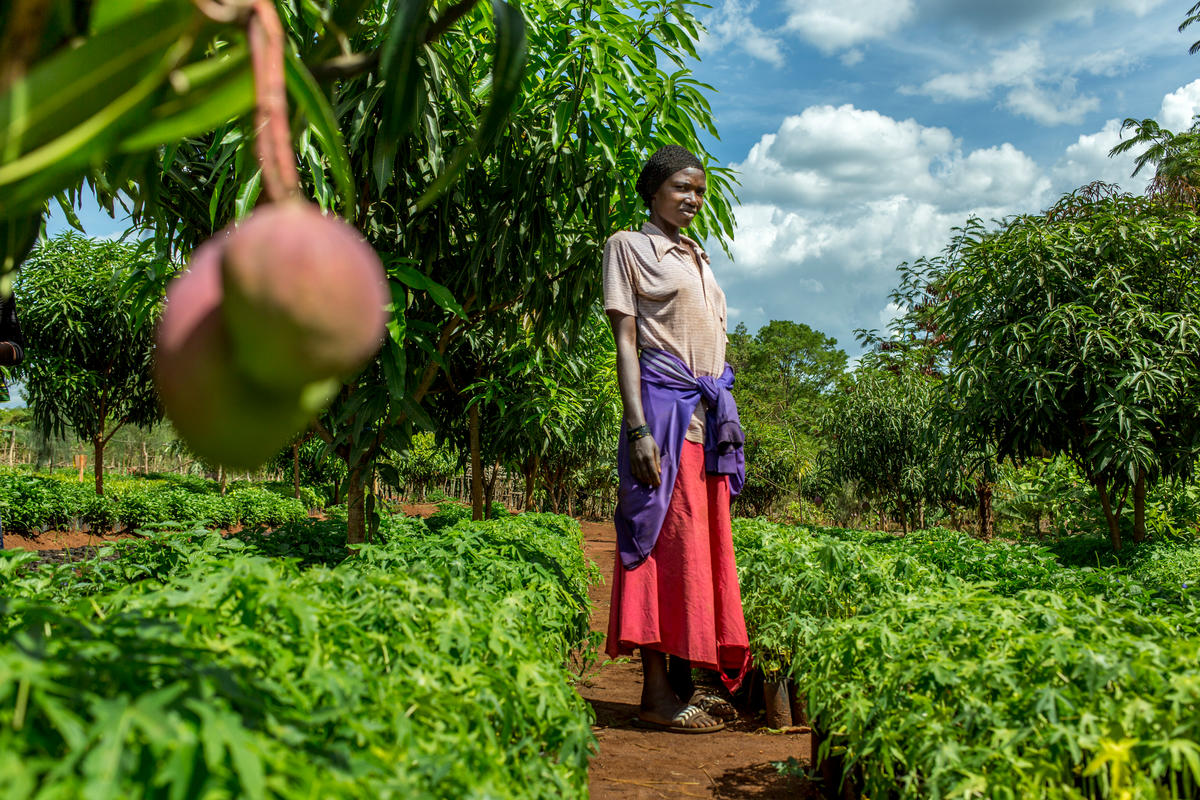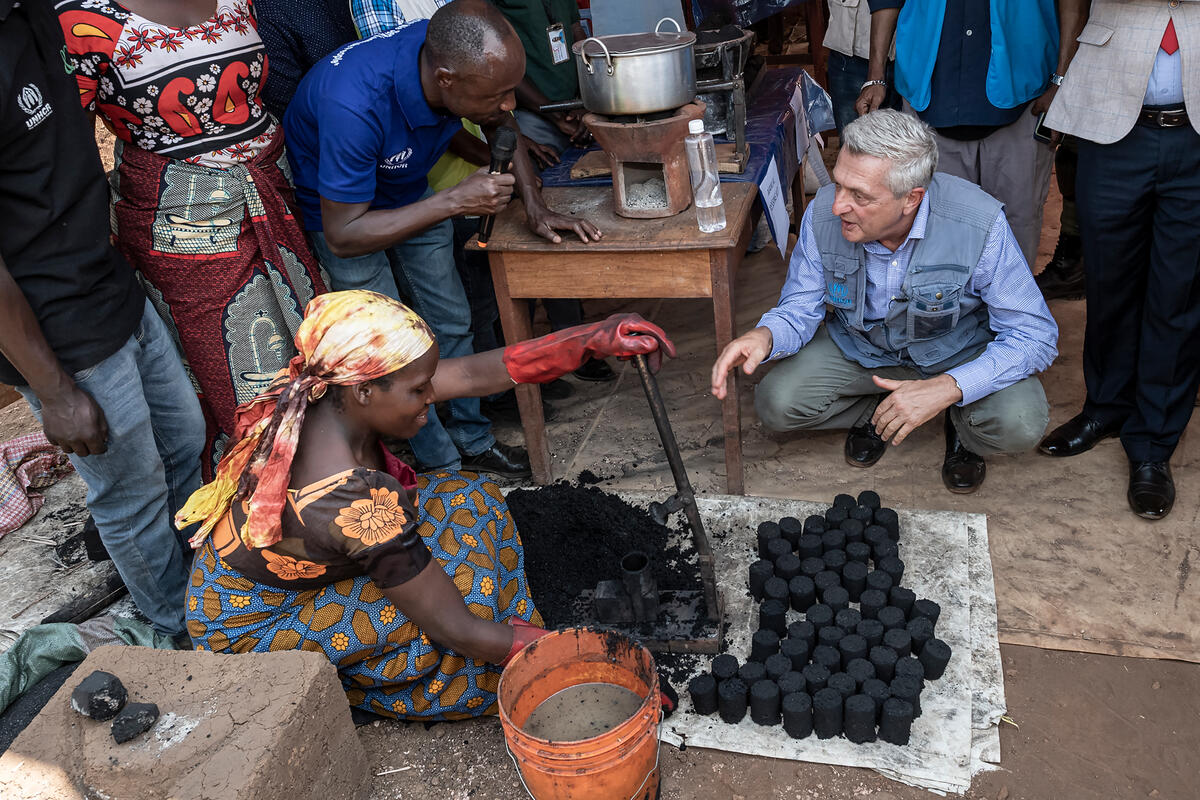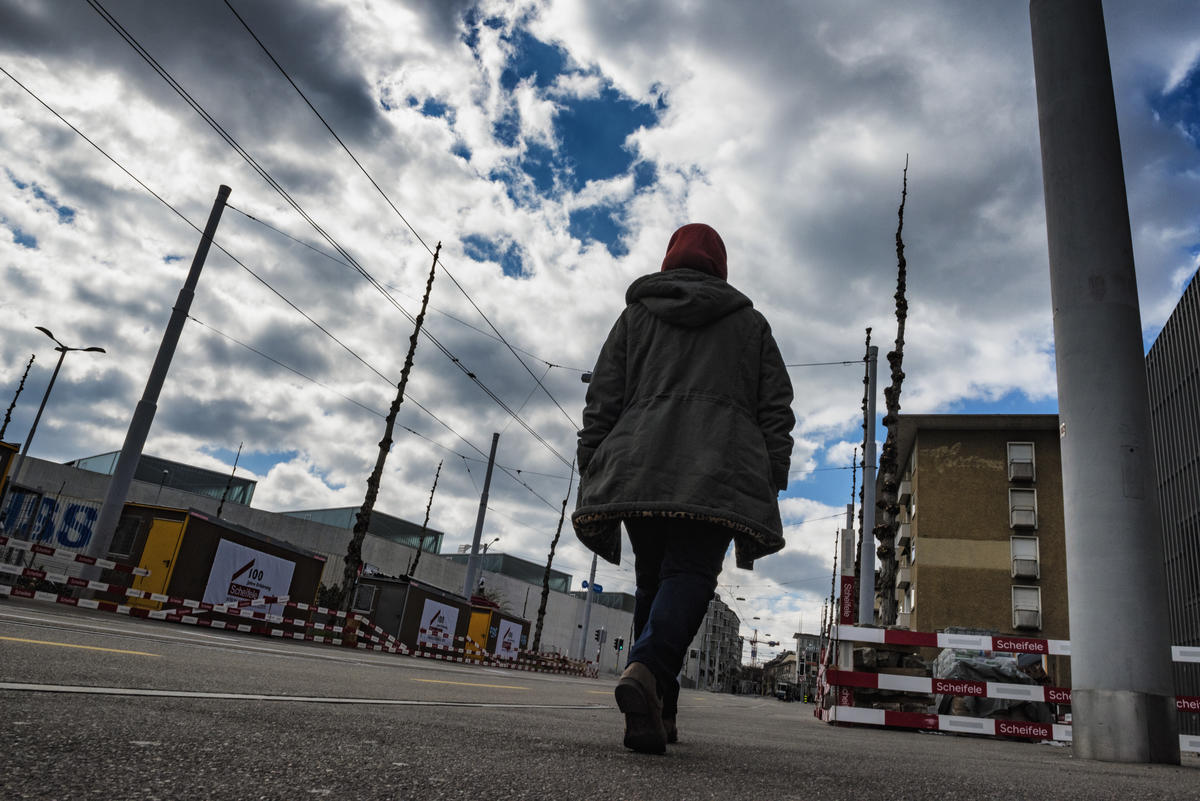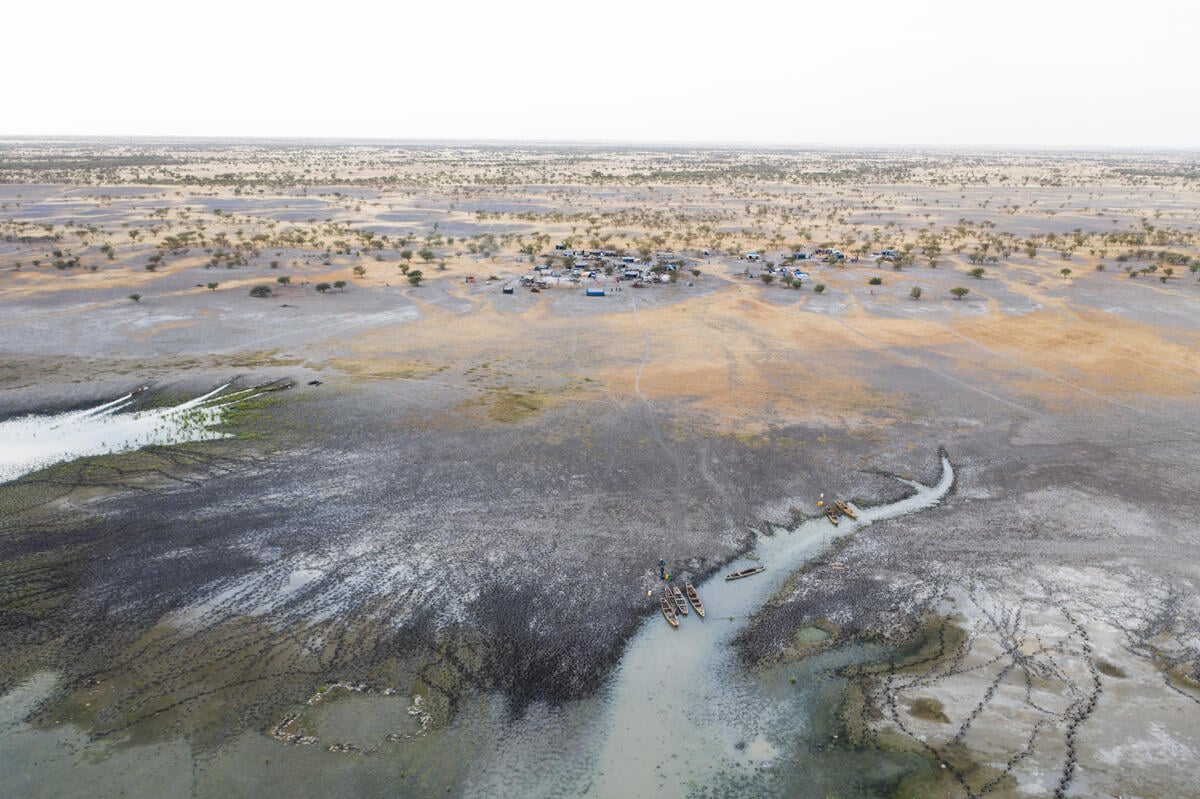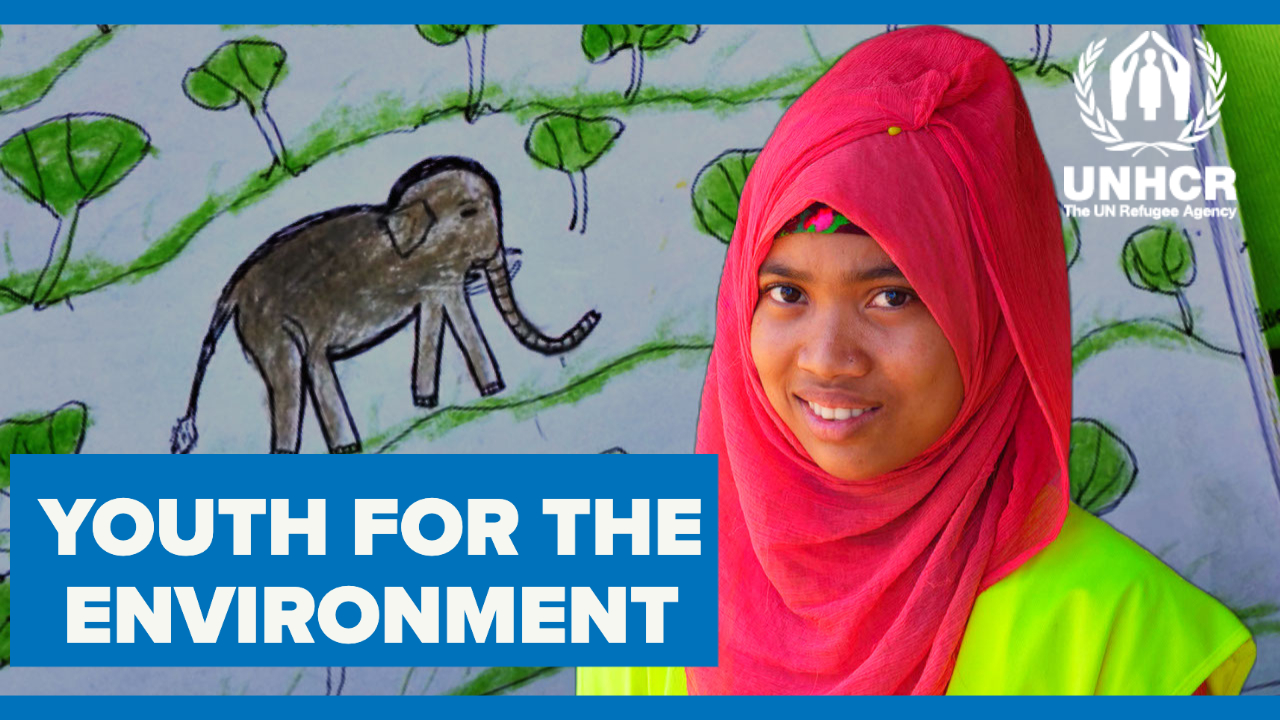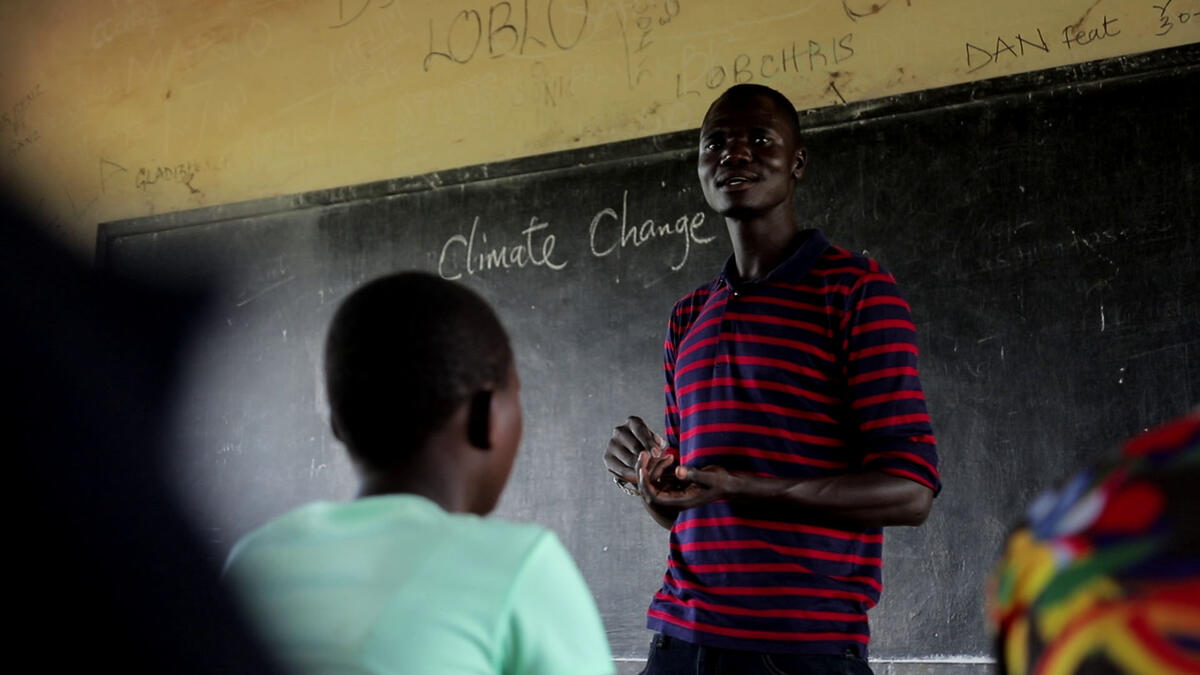Saplings take root and transform lives in Tanzania

Saplings take root and transform lives in Tanzania
Eli Kashindi was finally beginning to feel she had found peace, 20 years after she and her family fled the Democratic Republic of the Congo. Then this year, wind whipped through Nyarugusu refugee camp and wrecked her shelter.
“The roof was destroyed by the wind,” recalls 25-year-old Eli. “Afterwards we had to cover the house with grass.”
Years ago, the camp would have been protected from the elements by trees. However, a major influx of refugees from neighbouring Burundi and the DRC has increased the pressure on limited resources and aggravated environmental challenges faced by the host community. Acres of trees have been cut down to make way for agriculture and to supply firewood and timber. Now refugees and communities are bearing the brunt.
"It’s more important to me now that there are trees.”
There is hope. For the past three months, Eli has been working at a tree nursery in Nyarugusu camp, where about 800,000 seedlings are being grown on half an acre of land. Once rooted, they will be transferred to the camp and host community.
About 100 refugees like Eli, as well as local people, are learning new skills and earning a regular monthly income.
“Normally I do watering and weeding,” says Eli, tending to some newly planted papaya trees in a peaceful clearing. “I’m really enjoying working here and it’s more important to me now that there are trees.”
Hamilton Misana has led the project for CEMDO, a partner of UNHCR, the UN Refugee Agency, since 2014. “Resources are limited, but we train workers on watering, insect management and weeding,” he says. “We also educate locals and refugees on planting trees, water conservation and bush fires, and mobilize them to do business that is environmentally friendly, such as beekeeping.”
With more than 316,000 refugees living in camps in Tanzania, Hamilton knows how important cooperation with the host community can be. “We have to work together,” he says.
UNHCR and partner organizations are working to make a difference for everyone. Besides the two nurseries at Nyarugusu, an additional 100,000 trees have been raised in a nursery in Nduta Refugee Camp with support from REDESO. These will be planted in the camp by the refugee community.
Another 54,000 have been planted at a nursery in Biturana village, a 30-minute drive from Nduta. There, local people like Jovin Nyanenda, 27, gain new skills and soon every household will receive 30 seedlings.
“UNHCR trained me with new skills in how to raise seedlings, mix the soil and maintain the nursery,” says Jovin, wiping his brow. “I’m very happy to have the trees around again. It is not only benefitting me, but everyone.”
"It is not only benefitting me, but everyone.”
In total, UNHCR has planted about 2 million trees in Nyarugusu, Nduta and Mtendeli refugee camps. Seeds are acquired through its partners CEMDO and REDESO from local dealers, boosting cooperation with the private sector.
However, every seedling costs 250 Tanzanian shillings (Tzs) (10 US cents) and funding is limited. More is urgently needed to continue important projects like these, which are key to the Comprehensive Refugee Response Framework (CRRF), a new approach that focuses on supporting communities hosting large numbers of refugees and implementing sustainable programmes as early as possible.
Energy needs in the camps are high and, even for fast growing tree species, it can take three years before a tree is ready to use as firewood.
Many refugees, forced to start from scratch and with little alternative, have spent decades using Tanzania’s trees for firewood and timber. As supplies have dwindled, tension with local communities has grown as they try to meet their own energy and timber needs from the same limited resources.
Stella Ndayishimiye, 27, is a mother of two, who until recently regularly left the camp in search of firewood. It is a dangerous and exhausting task, taking up to five hours. She was among a group of women who were beaten by local people.
“The beating took a long time,” she recalls. “Some of us were cut with knives and some were taken to hospital. The children were with me. Even now, I still feel the pain in my body and in my head.”
Liquefied Petroleum Gas is an alternative fuel source being trialled by UNHCR at Nyarugusu and Mtendeli. Each week, more than 3,000 households receive a 6-kg canister of gas, a safer, healthier and more sustainable alternative to firewood. It reduces emissions and improves air quality in shelters.
“It is better to have the gas,” says Stella, firmly, as she waits in line with other women. “Now I don’t have to fear because I don’t have to go out into the bush and get attacked.”
“Now I don’t have to fear."
Lack of funding, however, means this project may be short-lived. It costs UNHCR 47,000 Tzs (US$21) for one canister of gas, and 20,500 Tzs (US$9) to refill it each time. More than 3,000 households are reaping the benefits, but that is still a tiny percentage of the refugee population. Much more needs to be done to save the natural environment.
UNHCR’s representative in Tanzania, Chansa Kapaya, said the use of natural resources, including firewood for cooking, not only affects the environment, but also leads to protection risks and tension between refugees and surrounding communities. In response, UNHCR is implementing a comprehensive energy and environment strategy.
“One of the main goals of the strategy is to provide all households with access to alternative cooking fuels and linking the intervention with increased livelihood opportunities so that the beneficiaries can contribute towards the cost and sustainability of this important programme,” she said.
These projects are examples of the kind of thing that need to be replicated and scaled up, as UNHCR leads the process to develop a global compact on refugees, designed to ensure that host countries have the support to manage the effects, including environmental issues, of large numbers of refugees.
This might cover access to affordable, clean and sustainable energy in refugee camps or investment in environmental technologies that benefit refugees and host communities alike.
The High Commissioner’s 10th Dialogue on Protection Challenges in Geneva next week (12 and 13 December) will focus on progress towards a global compact on refugees. The meeting will assess the results of extensive consultations that took place in 2017, and bring together the lessons learned so far from the application of the CRRF, which was set out in last year’s New York Declaration for Refugees and Migrants.
For Wizeyimana Siwajibu, 34, a Burundian refugee who tends seedlings at Nduta’s tree nursery, such projects are life-changing.
“I’m proud to have the chance to work here,” she says, smiling. “I used to walk for around three hours to collect firewood and this project is helping us to keep the trees. I’m really very thankful.”


